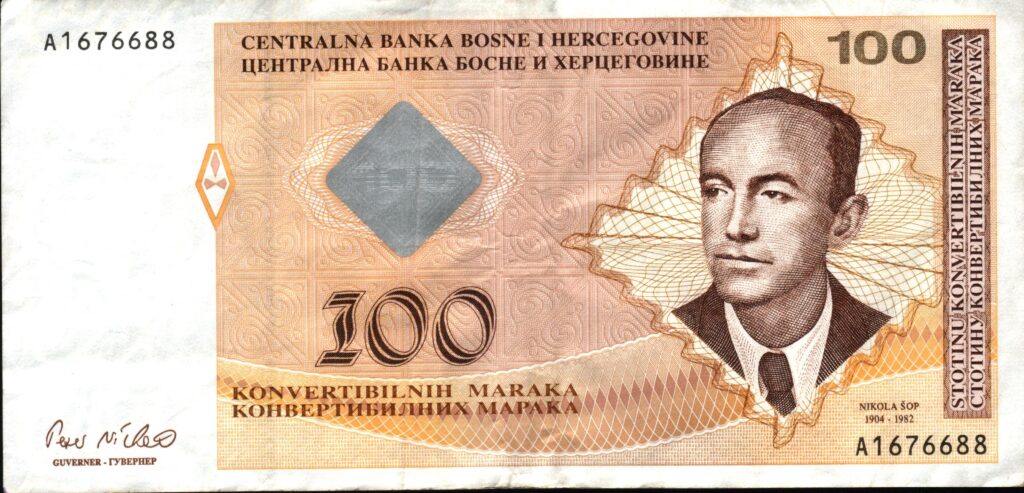
Bosnia-Herzegovina Convertible Mark (BAM)
The Bosnia-Herzegovina Convertible Mark (BAM) is a currency used in Bosnia-Herzegovina. The Bosnia-Herzegovina Convertible Mark (BAM) serves as the official currency of Bosnia and Herzegovina. It consists of 100 subunits known as fenings and was initially launched in 1995.
MAIN POINTS
The Bosnia-Herzegovina Convertible Mark (BAM) serves as the official currency of Bosnia and Herzegovina.
The introduction of this occurred in 1995 as a component of the Dayton Agreement, which effectively concluded the Bosnian War.
The economy of Bosnia-Herzegovina is heavily dependent on tourism, information technology, and specific manufacturing industries.
Comprehending the BAM
The Central Bank of Bosnia and Herzegovina, which was founded in 1997, is responsible for the issuance and distribution of the Bosnia-Herzegovina convertible mark (BAM).
The establishment of the central bank, along with the introduction of the convertible mark, was a result of the Dayton Agreement. This international accord signified the conclusion of the Bosnian War, establishing the fundamental governing framework of contemporary Bosnia and Herzegovina.
The recently established BAM currency replaced the Bosnian dinar and the Croatian kuna, which were previously in circulation in the region. Conversely, the BAM exclusively became the currency for Bosnia-Herzegovina. Initially, the BAM was linked to the German Deutschmark (D-Mark) at a 1:1 exchange rate. However, when Germany started using the euro (EUR) in 2002, the exchange rate was fixed at 1 EUR per 1.95583 BAM.
Currently, the BAM is circulated in the form of banknotes with values of 10, 20, 50, 100, and 200 marks. The coins, on the other hand, are distributed in values of 1, 2, and 5 marks. Additionally, there are smaller coins available in quantities of 5, 10, 20, and 50 fenings.
The banknotes showcase the likenesses of notable local poets, including Skender Kulenović, a Yugoslav poet, and Musa Ćazim Ćatić, a Bosnian poet.
Practical Illustration of the BAM
Bosnia and Herzegovina, situated along the Adriatic Sea, was formerly part of Yugoslavia until it gained independence in 1992. The Bosniaks, Serbs, and Croats are the three main ethnic groups that inhabit the area. This combination has resulted in both a dynamic cultural presence and prolonged periods of acrimonious strife. Presently, the nation operates under a tripartite president, consisting of one representative from each ethnic faction.
Bosnia and Herzegovina possess an economy that is as diverse as their historical and cultural background. The Bosnian War in the 1990s inflicted significant harm on the economy, but the nation has subsequently initiated a recovery. The country’s major export businesses consist of tourism and information technology services. Additionally, the country possesses expertise in specific specialist manufacturing areas, such as car seats and footwear items.


